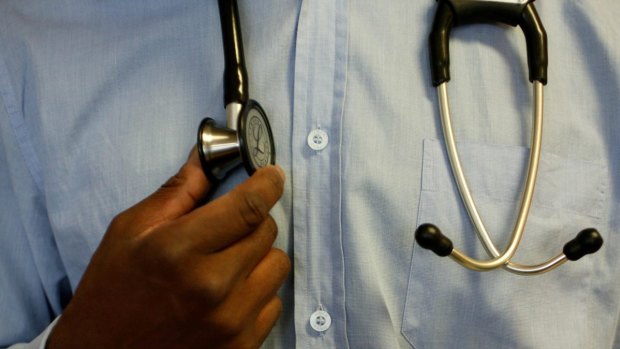This was published 7 years ago
The Big Issue: Is there a doctor on board?

The most common reason for medical intervention on flights is loss of consciousness due to a fall in blood pressure. Credit: AFR
"If there is a doctor on board could you make yourself known to the cabin staff?" It's the inflight announcement you never want to hear.
Data from the Lufthansa registry suggests between 25 and 100 per 1 million passengers need medical attention from a doctor, while researchers at the University of Pittsburgh Medical Centre came up with a lesser figure, around 10 for every million passengers.
The same UPMC study reported that the most common reason for medical intervention was loss of consciousness due to a fall in blood pressure. Respiratory symptoms, nausea and cardiac symptoms were all around 10 per cent of cases. Out of almost 12,000 inflight medical emergencies, 36 resulted in deaths.
Some physicians are reluctant to step forward when the call for medical assistance goes out. Some wait, hoping that another more qualified medico will respond, some are put off by the cramped surroundings and lack of resources. There is also the risk that the patient might be suffering a communicable disease. Others fear legal liability, yet according to a 2016 report on Medical Guidelines for Airline Travel by the Aerospace Medical Association, there are no known cases brought against doctors who volunteered in an inflight medical emergency.
As well as profuse thanks from passengers to whom they render assistance, some doctors who have responded report upgrades on their next flight with the airline. Finnair's response was rather more unusual. When a doctor assisted a passenger who collapsed and lost consciousness on a flight from Osaka to Helsinki, the airline sent him a cold-smoked reindeer roast.
SAVINGS PLAN
It's becoming more and more common for hotels and retailers overseas to charge your card payments in Australian dollars. Don't let them get away with it, it's a rip-off and you'll pay more than if you select local currency.
Sign up for the Traveller newsletter
The latest travel news, tips and inspiration delivered to your inbox. Sign up now.